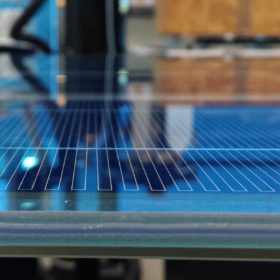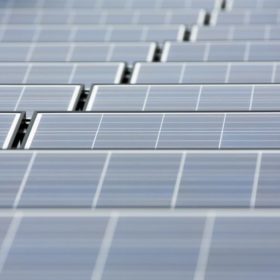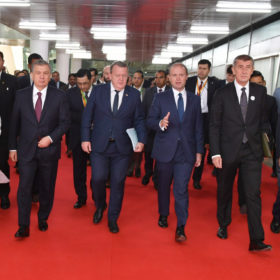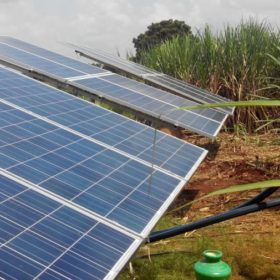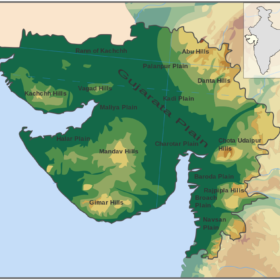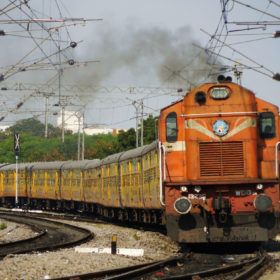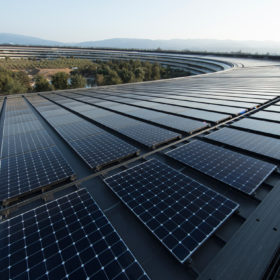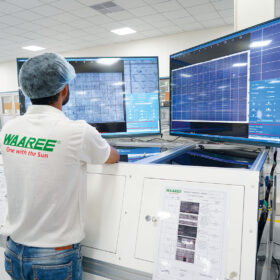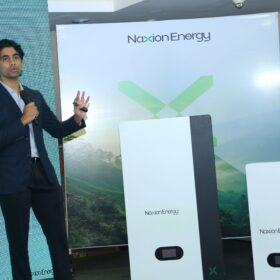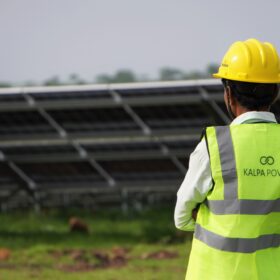India mulls anti-dumping duty on Malaysian solar glass
The Indian government may impose anti-dumping duty of US$ 114.58 per tonne on tempered solar glass imports from Malaysia in order to provide a level playing field to domestic manufacturers.
This year could see a reckoning for ultra-mega PV projects
The fate of the clutch of 500 MW-plus projects due to break ground this year could determine whether such ambitious schemes have a viable future, says Wood Mackenzie in its solar 2019 forecast. And the Indian market should brace for consolidation, add the analysts, because of aggressive reverse-auction tariff pricing.
175 GW renewable unlikely if policy remains inconsistent, says CSE
India may not meet its 175 GW of renewables by 2022 target if the sector continues to be plagued by policy inconsistency, DISCOM problems and other issues, say Centre for Science and Environment (CSE) analysts.
BHEL and Libcoin to build India’s first lithium-ion battery gigafactory
Government-owned Bharat Heavy Electricals Limited and Australian business Libcoin are in talks to form a joint venture to build a 1 GWh production capacity lithium-ion battery plant in India that would eventually be scaled up to 30 GWh.
Tata, Chromeni to make EV batteries in [Vibrant] Gujarat
At the ongoing Vibrant Gujarat Global Summit, Tata Group and Adani have announced plans to invest in lithium ion battery manufacturing in Gujarat. Chromeni Steels, a joint venture company of China’s Tsingshan Industries, will invest US$ 3 billion to manufacture stainless steel and electric vehicle (EV) batteries.
Solar pump testing and research lab coming up at TERI
The test facility, to be set up by the Maxop Research and Testing Institute, will be capable of testing solar water pumping systems and other solar products in compliance with Bureau of Indian Standards guidelines and international standards.
Make in India: HyET Solar plans to set up 300 MW fab in Gujarat
At the Vibrant Gujarat Global Summit, HyET Solar will sign a memorandum of understanding with the state to set up a solar module manufacturing facility.
Indian Railways plans to tender 4 GW solar project
The procurement will be worth an estimated Rs16,000 crore, and will stipulate the use of 1.2 GW of Indian-made equipment. The power generated will replace 4 GW of coal-fired electricity consumption used by the railways.
Hyper low costs ensure clean energy investment fell in India last year
The nation still managed to attract around $11.1 billion for renewable energy in 2018, to be the world’s fifth most attractive destination for funds, according to new figures compiled by BloombergNEF.
Indian solar is coming up on the rails of China and the US
Taiwanese market research company EnergyTrend says the 5/31 policy change in China last year had a less dramatic effect on global demand than expected and, with the Modi government introducing solar-friendly policies, India – and Japan – will close the gap on the world leaders for installed PV capacity.
